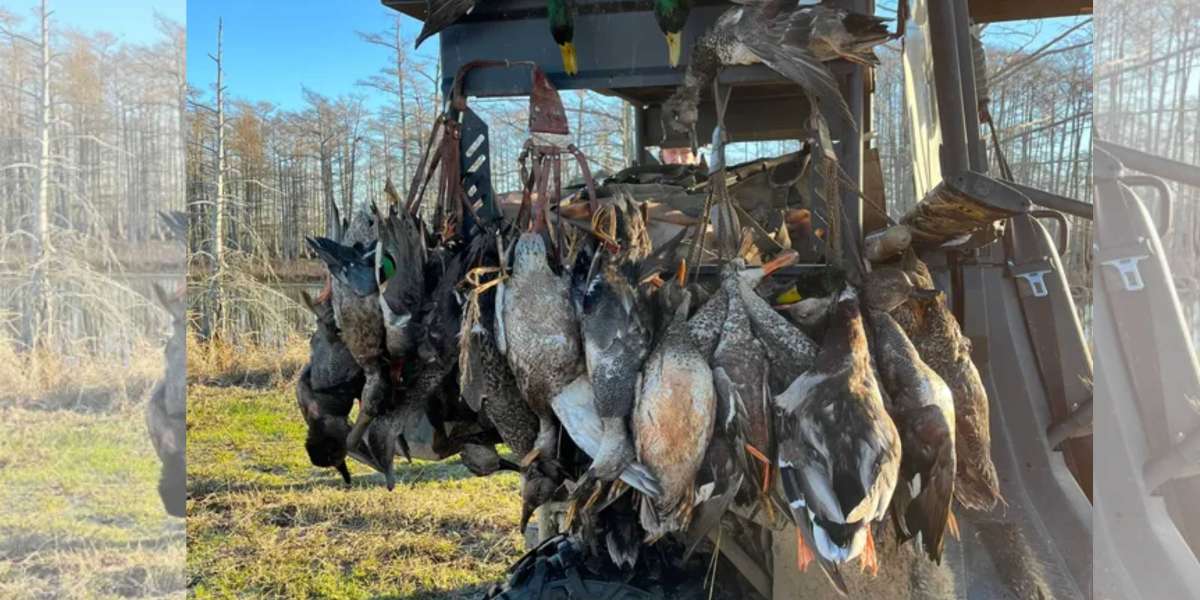Understanding the Importance of Duck Calls
Duck calls are not just about making noise. They mimic natural duck sounds to attract waterfowl into your range. In flooded timber, sound plays a crucial role because ducks rely heavily on their hearing in these dense surroundings. Properly executed calls can convince ducks that it’s safe to land near your decoy spread, increasing your chances of a successful hunt.
Choosing the Right Call for Flooded Timber
Not all duck calls are created equal. Some calls are better suited for flooded timber because of the acoustics in this environment. A single-reed call is often preferred for its versatility and ability to produce realistic sounds. However, a double-reed call may be easier for beginners, as it’s more forgiving and produces soft, raspy tones.
In flooded timber, it’s also essential to use a call with enough volume to echo through the trees but still maintain natural tones. Practice with different calls to find the one that fits your skill level and the hunting conditions.
Mastering Basic Duck Calls
If you want to improve your flooded timber hunting in Arkansas, focus on learning these basic calls:
- The Quack: This is the foundation of all duck calls. A single quack mimics a hen and can be used to grab a duck’s attention. To make this call, say the word “hut” into the call with quick bursts of air.
- The Greeting Call: This consists of 5–7 quacks in a descending tone. It’s used to signal a safe landing area. Start with louder calls and gradually soften the tone as if the duck is getting closer.
- The Comeback Call: This call is for ducks that seem to lose interest. It involves rapid, sharp quacks to regain their attention. Keep the tempo fast but natural.
- The Feed Call: Mimic the sound of ducks feeding by making short bursts into the call while saying “ticka-ticka-ticka.” This call works best when ducks are already circling above your decoys.
Avoid Overcalling
One of the biggest mistakes hunters make is overcalling. Ducks can detect unnatural patterns and may shy away if they sense something is wrong. Pay attention to how the ducks respond. If they seem interested but hesitate, try softer or fewer calls. Let your decoys and natural movement do part of the work.
Practice Makes Perfect
Duck calling requires practice to sound authentic. Spend time listening to real duck sounds and practice replicating them. Many hunters find success using mobile apps or watching videos of live ducks. Practicing in open spaces or wooded areas can also help you get a feel for how your calls will sound in the field.
Timing and Realism
Timing is as important as the call itself. Ducks in flooded timber are quick to notice inconsistencies. Avoid calling when the ducks are too close or right above you; they may spot your position. Instead, focus on calling when they’re at a distance and adjusting as they come closer. Blend your calls with natural pauses to create a realistic interaction.
Using a Duck Guide in Arkansas
If you’re new to duck calling or want to sharpen your skills, a duck guide in Arkansas can provide valuable hands-on experience. Guides know the flooded timber areas well and can teach you advanced techniques to attract waterfowl more effectively. They’ll also help you understand local duck behavior, giving you an edge in this competitive hunting environment.
Duck calling is a skill that requires patience and practice, but the payoff is well worth it. By mastering basic calls, understanding the right timing, and practicing regularly, you’ll be better prepared for your next hunt in the flooded timber hunting in Arkansas.














